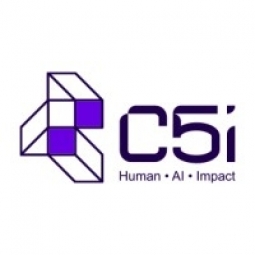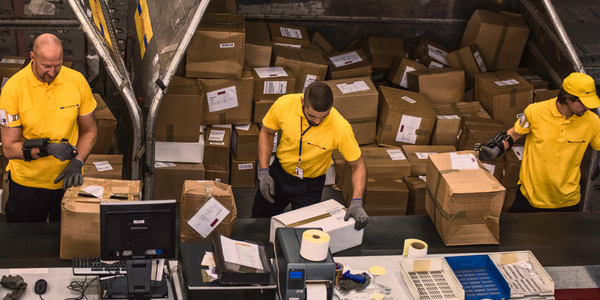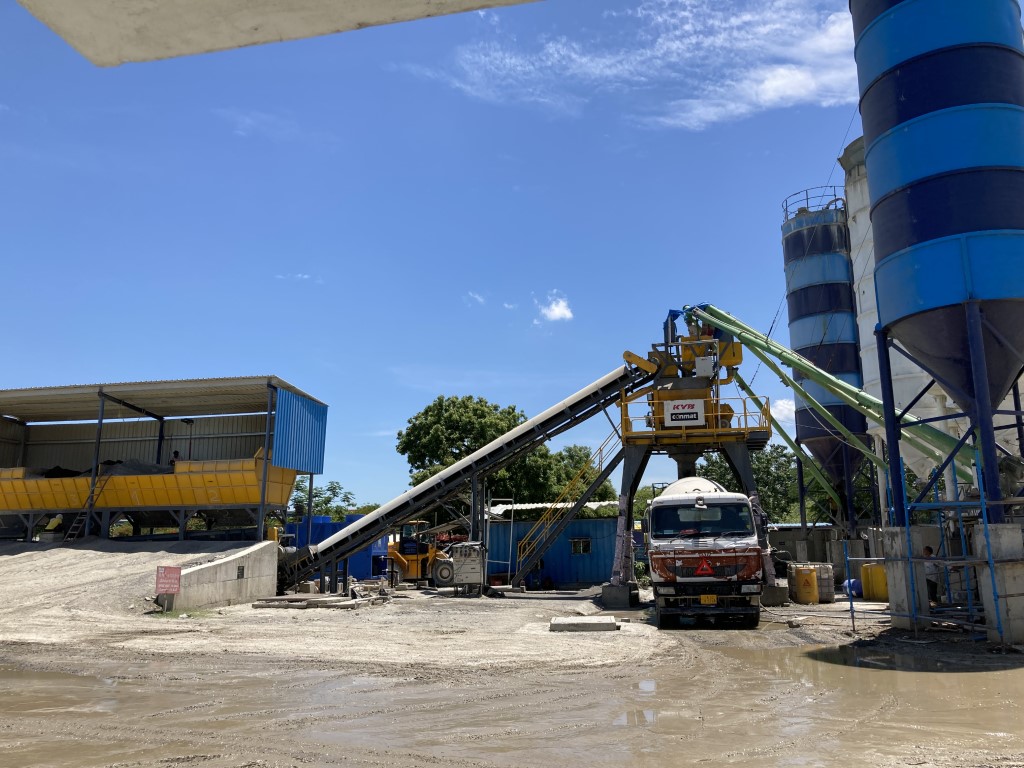Leading technology vendor improved customer satisfaction through better alignment of sales and delivery channels with customer preferences

Customer Company Size
Large Corporate
Region
- America
Country
- United States
Product
- SSRS tool
Tech Stack
- Data Analytics
- Data Integration
- Data Visualization
Implementation Scale
- Enterprise-wide Deployment
Impact Metrics
- Customer Satisfaction
- Revenue Growth
Technology Category
- Analytics & Modeling - Big Data Analytics
- Application Infrastructure & Middleware - Data Visualization
Applicable Functions
- Sales & Marketing
- Business Operation
Use Cases
- Predictive Quality Analytics
Services
- Data Science Services
About The Customer
The customer in this case study is a leading US PC manufacturer operating in the Information Technology industry. The company was seeking to improve its customer satisfaction scores and enhance its product and service offerings. The company wanted to obtain performance business intelligence, including capturing the revenue performance for various product categories for different consumer segments. They also aimed to measure key performance indicators such as the likelihood of customers to repurchase and the satisfaction level for security, quality, and profitability for different products and services.
The Challenge
The client, a leading US PC manufacturer, was seeking to obtain performance business intelligence. They wanted to capture the revenue performance for the product categories for various consumer segments, measure KPIs such as the likelihood of customers to repurchase, and capture the satisfaction level for security, quality and profitability for different products and services. The challenge was to clean and model data across 13 areas, 30 sub regions and over 100 accounts, and implement complex dynamic dashboards providing different levels of access to key stakeholders based on the functional need and geography.
The Solution
Blueocean Market Intelligence approached the challenge by cleaning and modeling data across 13 areas, 30 sub regions and over 100 accounts. They implemented complex dynamic dashboards providing different levels of access to key stakeholders based on the functional need and geography. They used the SSRS tool to perform complex calculations of KPIs and developed visually impactful reports with compound search criteria. The solution provided the satisfaction level for different sales channels and retailers in geographical regions to account managers, enhancing timely decision making in terms of which markets to focus on and how to improve products and services.
Operational Impact
Quantitative Benefit

Case Study missing?
Start adding your own!
Register with your work email and create a new case study profile for your business.
Related Case Studies.

Case Study
IoT Data Analytics Case Study - Packaging Films Manufacturer
The company manufactures packaging films on made to order or configure to order basis. Every order has a different set of requirements from the product characteristics perspective and hence requires machine’s settings to be adjusted accordingly. If the film quality does not meet the required standards, the degraded quality impacts customer delivery causes customer dissatisfaction and results in lower margins. The biggest challenge was to identify the real root cause and devise a remedy for that.

Case Study
Prevent Process Inefficiencies with Automated Root Cause Analysis
Manufacturers mostly rely on on-site expert knowledge for root cause analysis. When the defective product is sent to lab for analysis, it is laborious and always a post-mortem one. Manufacturers that collect data from IT and OT also need a comprehensive understanding of a variety of professionals to make sense of it. This is not only time consuming, but also inefficiencient.

Case Study
Digitization of Pharmaceutical Packaging Machines: A Case Study of CVC Technologies
CVC Technologies, a leading manufacturer of pharmaceutical packaging machines, was seeking an end-to-end IoT solution to fully digitize their pharmaceutical liquid filling and capping machines. The company aimed to enhance the safety of their equipment, introduce digital maintenance capabilities, and gain visibility into machine status from anywhere at any time. The challenge was to find a solution that could provide real-time visibility into the machine's status, deliver direct cloud connectivity and digital services, and simplify all aspects of the machine's lifecycle, from engineering to maintenance.

Case Study
CleanTelligent Enhances Janitorial Software Solutions with Infor Birst
CleanTelligent Software, a company that aids in-house and contracted janitorial teams in streamlining communication and improving quality control, faced a significant challenge. Their clients were demanding a more dynamic way to present reporting data. The company's software was primarily used to analyze and summarize a custodial team's performance, replacing a highly manual, paper-driven process. However, the initial differences between service providers in the janitorial industry are often unclear, and the cost of switching is comparatively low. This situation led to high client turnover, with a janitorial company's customer lifetime averaging four years or less. CleanTelligent needed to improve the customer experience with dynamic dashboards and reporting, retain customers through predictive analysis, capitalize on advanced analytics capabilities to build market differentiation, and improve client retention rates.

Case Study
Digitalising QC records
Ready-mix concrete batching plant with seasonal demand 6,000 to 12,000 cu.metre per month.Batch-cycle records for each truck is stored in paper format. 1000 to 2000 truck loads per month, generating ~2000 to 6000 paper records.QC anomaly detection in chemical batch-mixing is manual & time consuming.

Case Study
Automotive manufacturer increases productivity for cylinder-head production by 2
Daimler AG was looking for a way to maximize the number of flawlessly produced cylinder-heads at its Stuttgart factory by making targeted process adjustments. The company also wanted to increase productivity and shorten the ramp-up phase of its complex manufacturing process.






